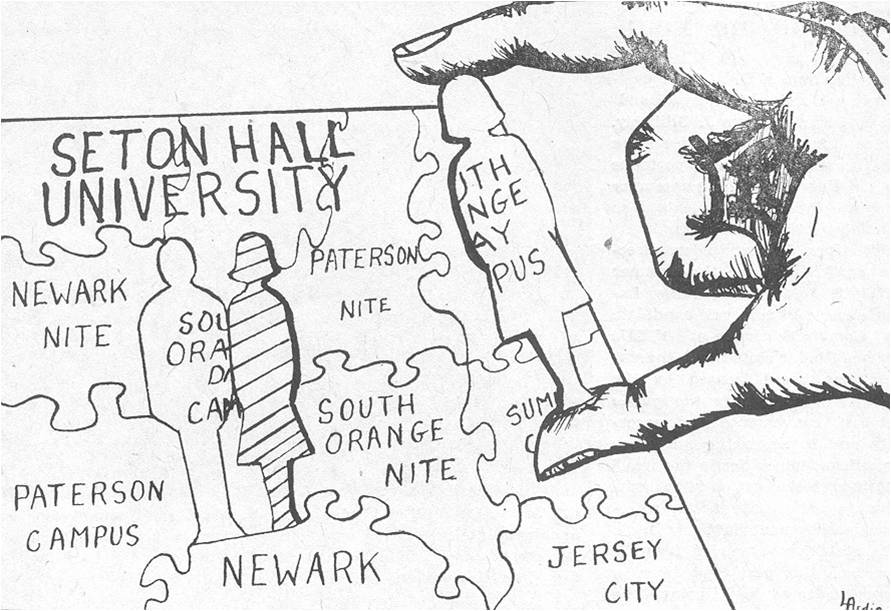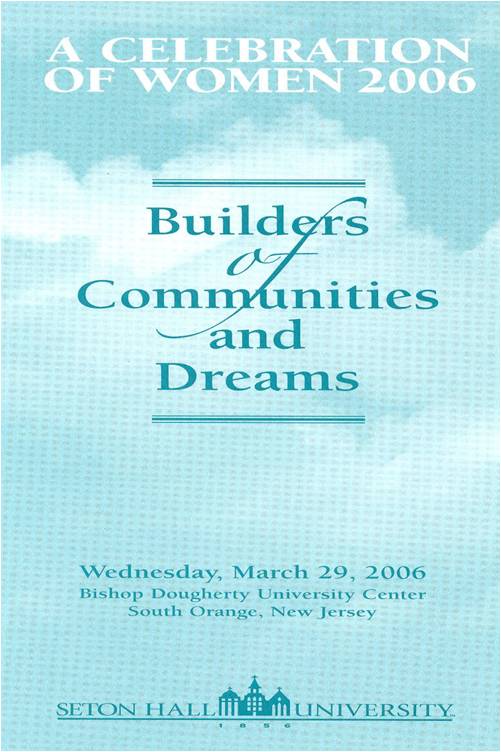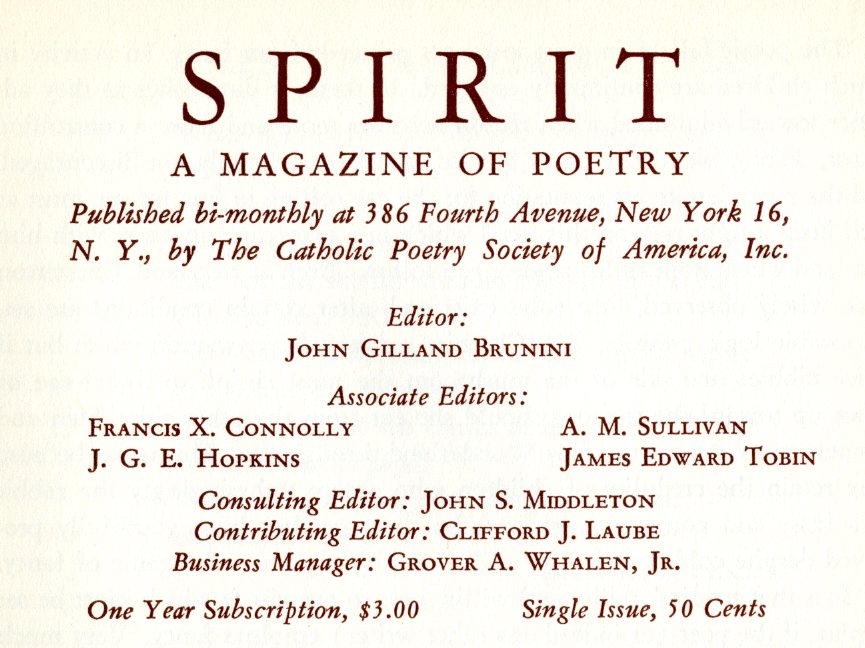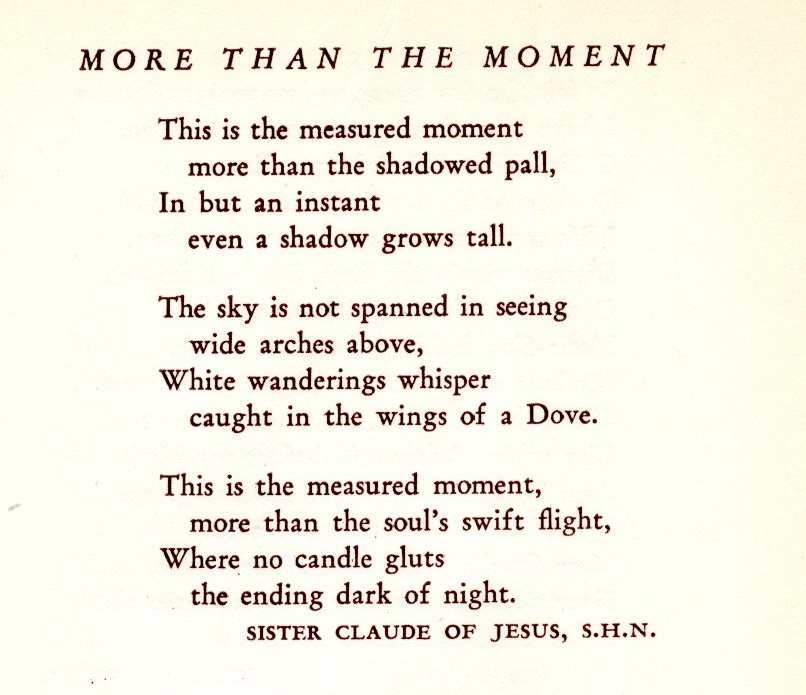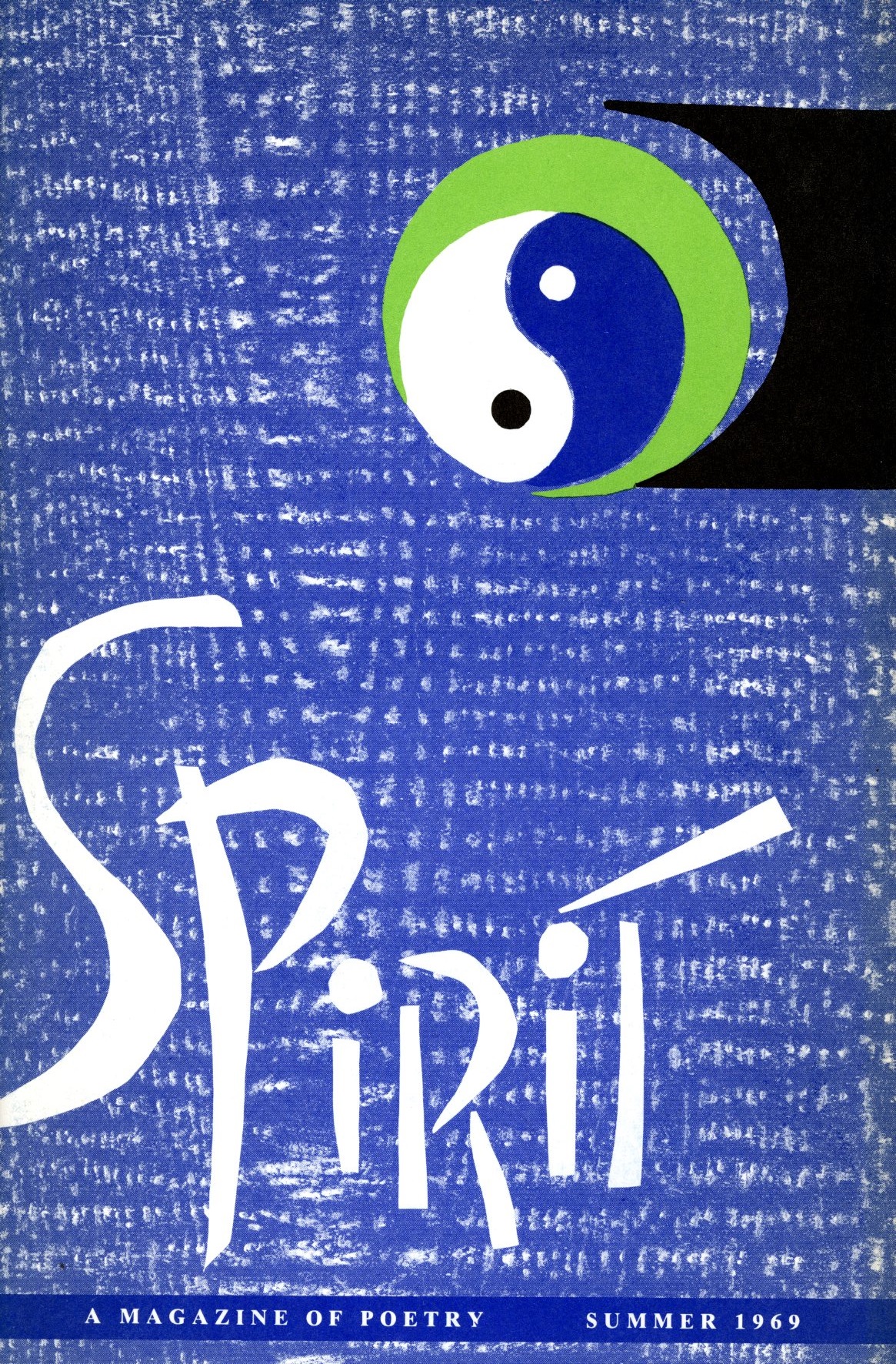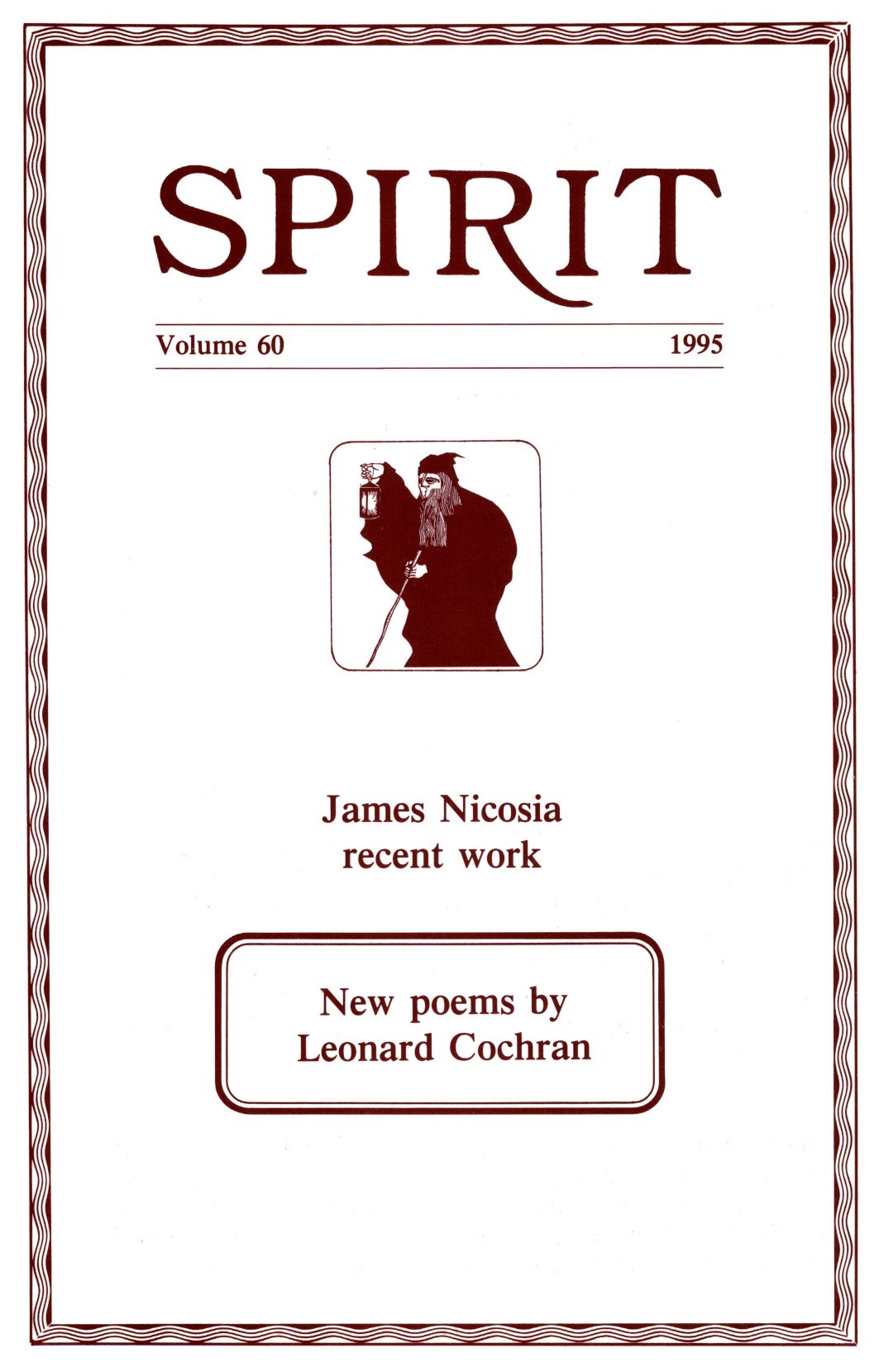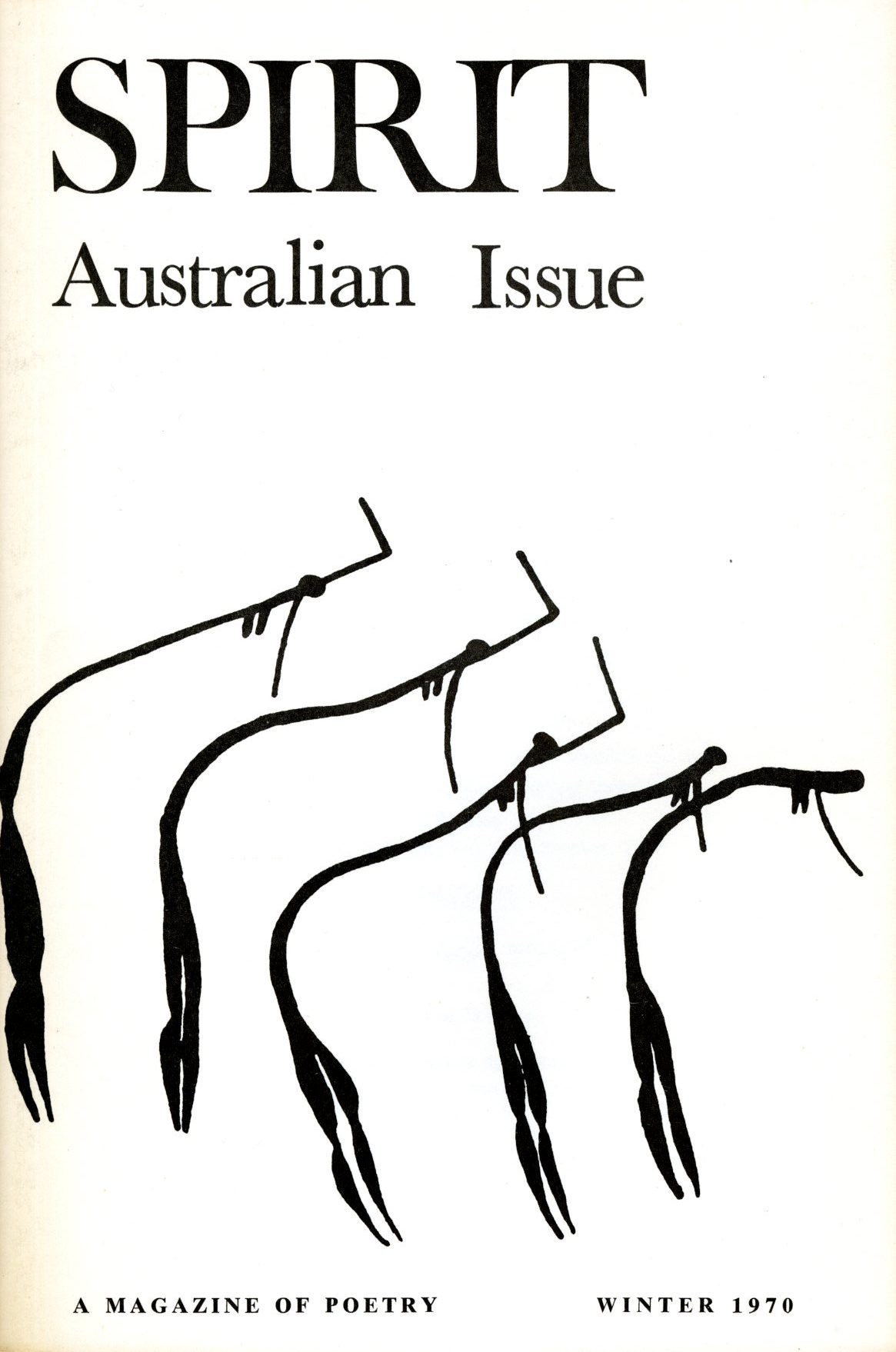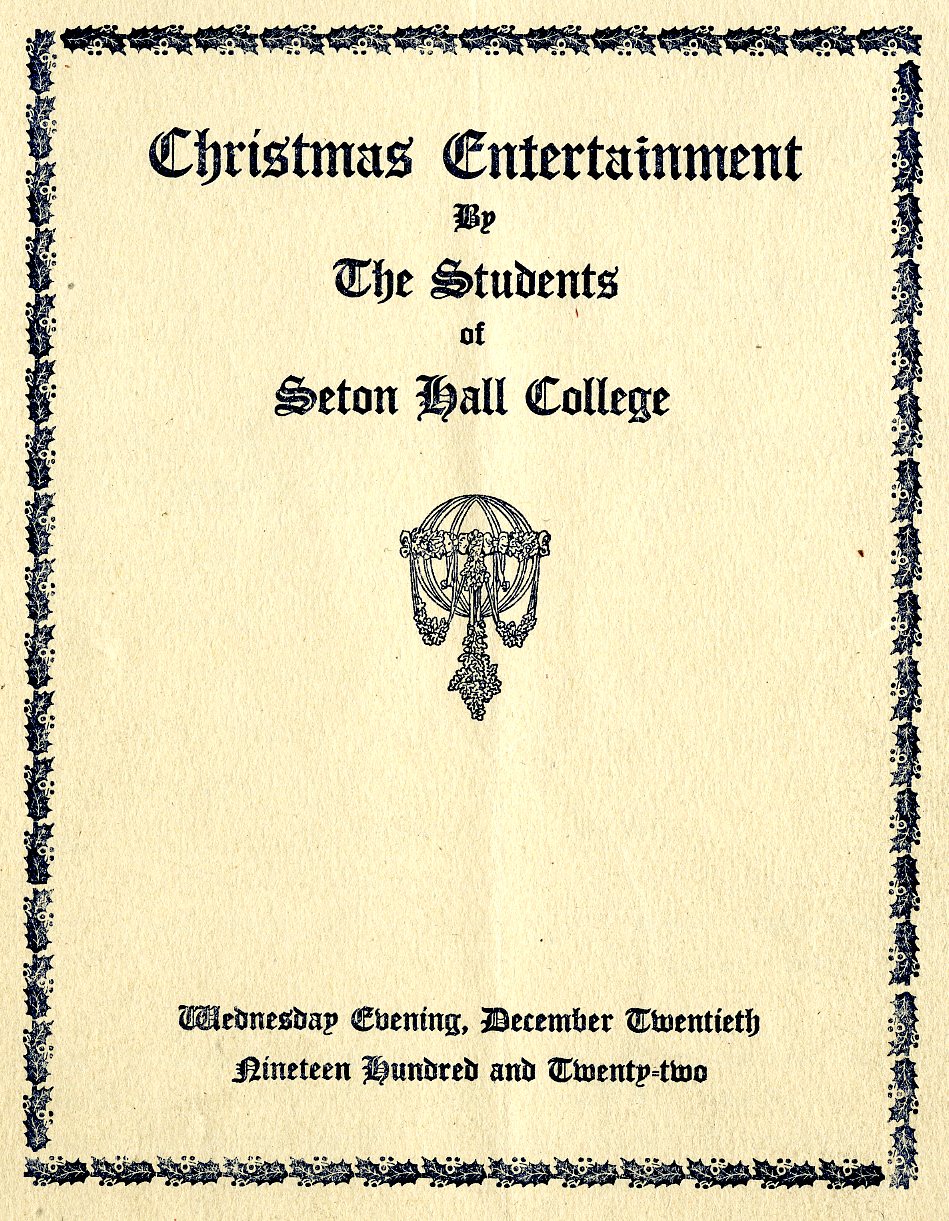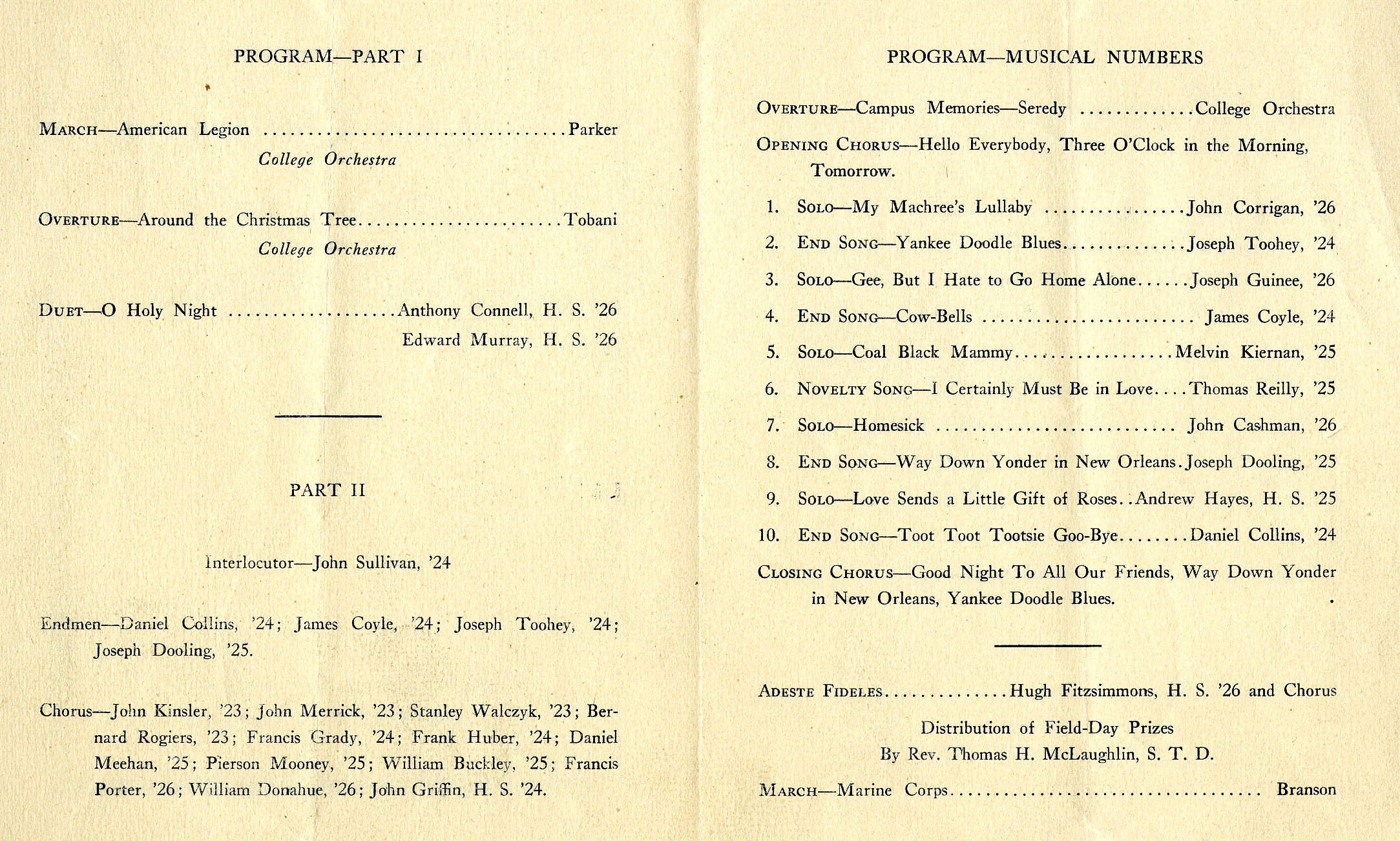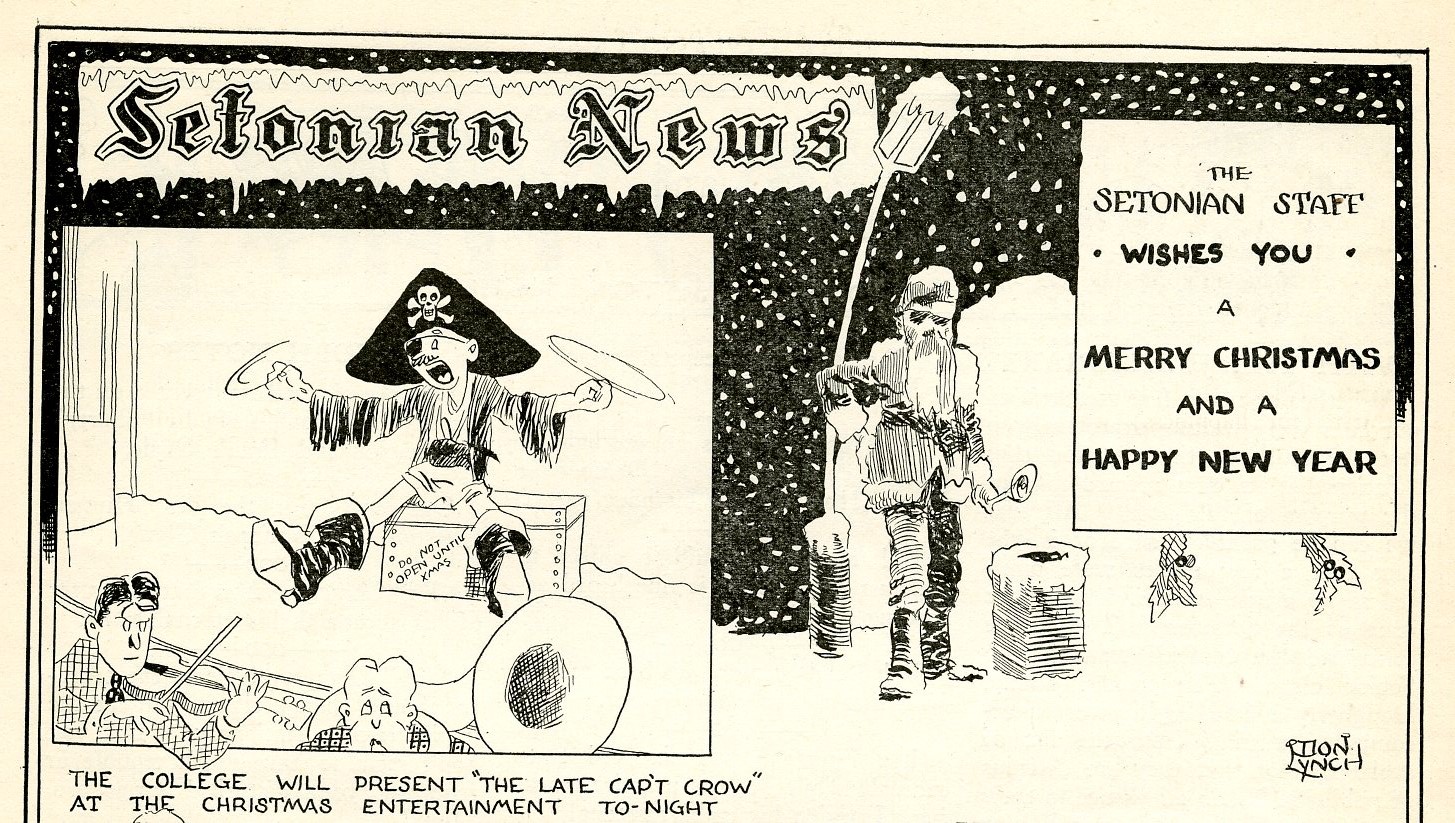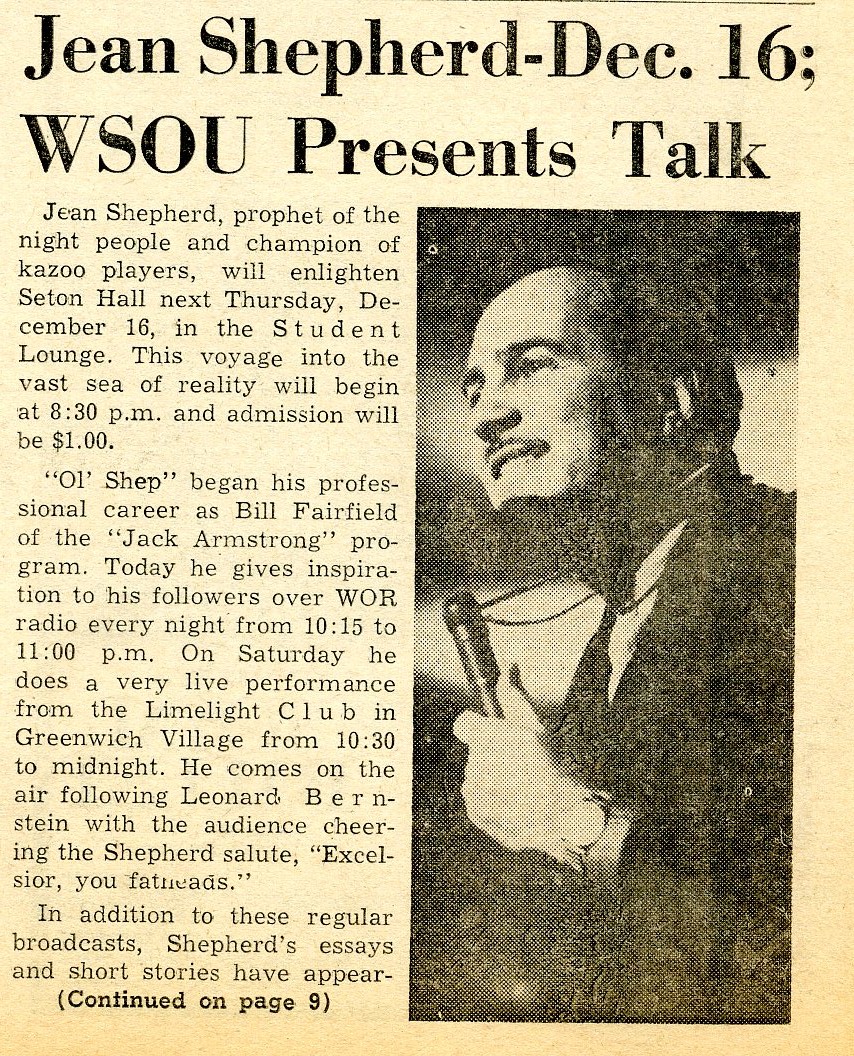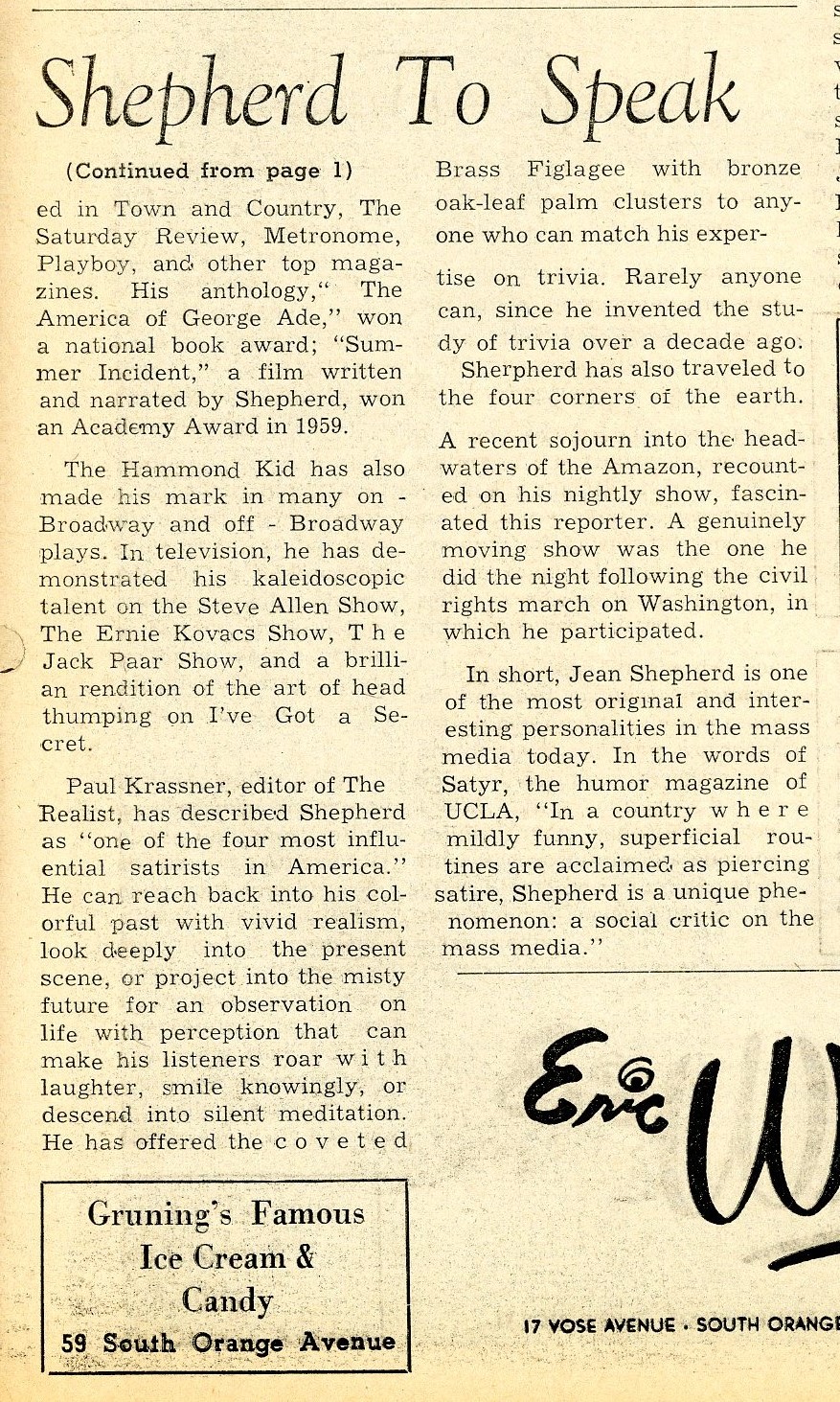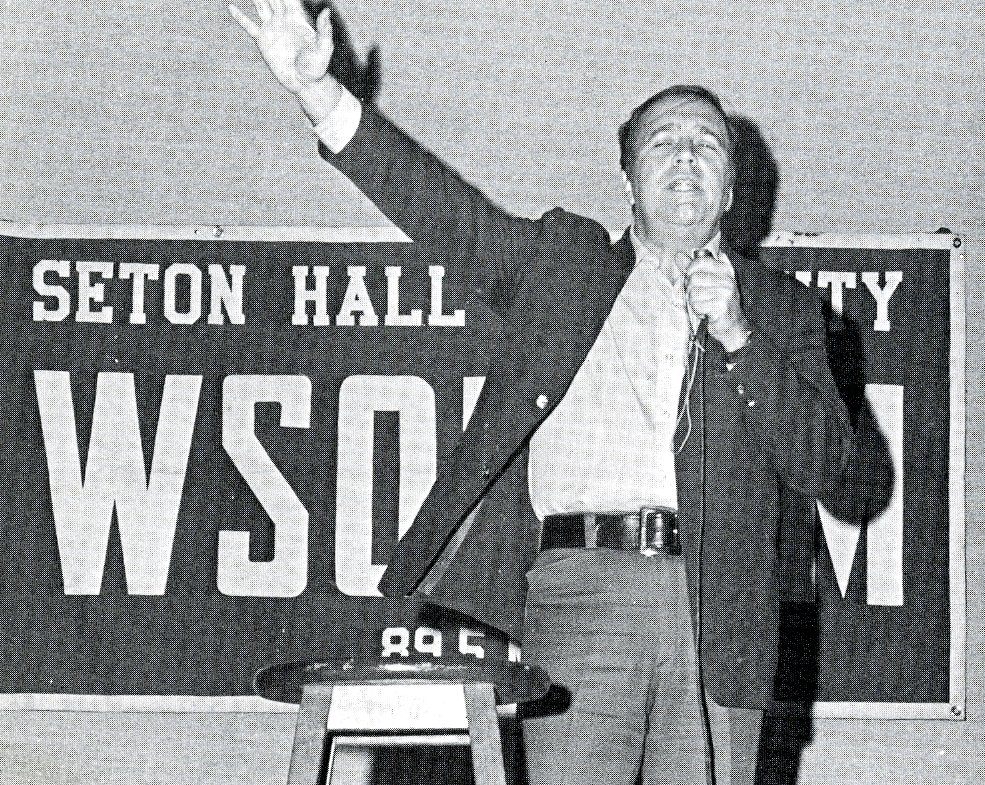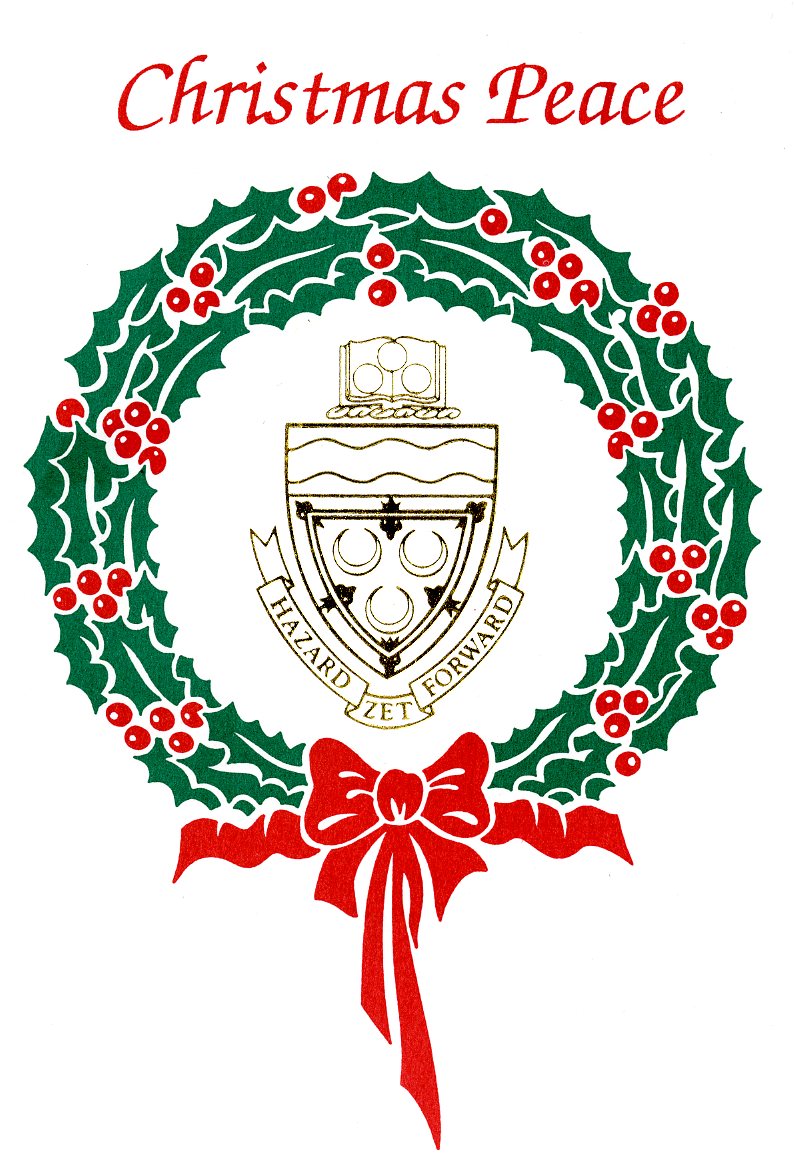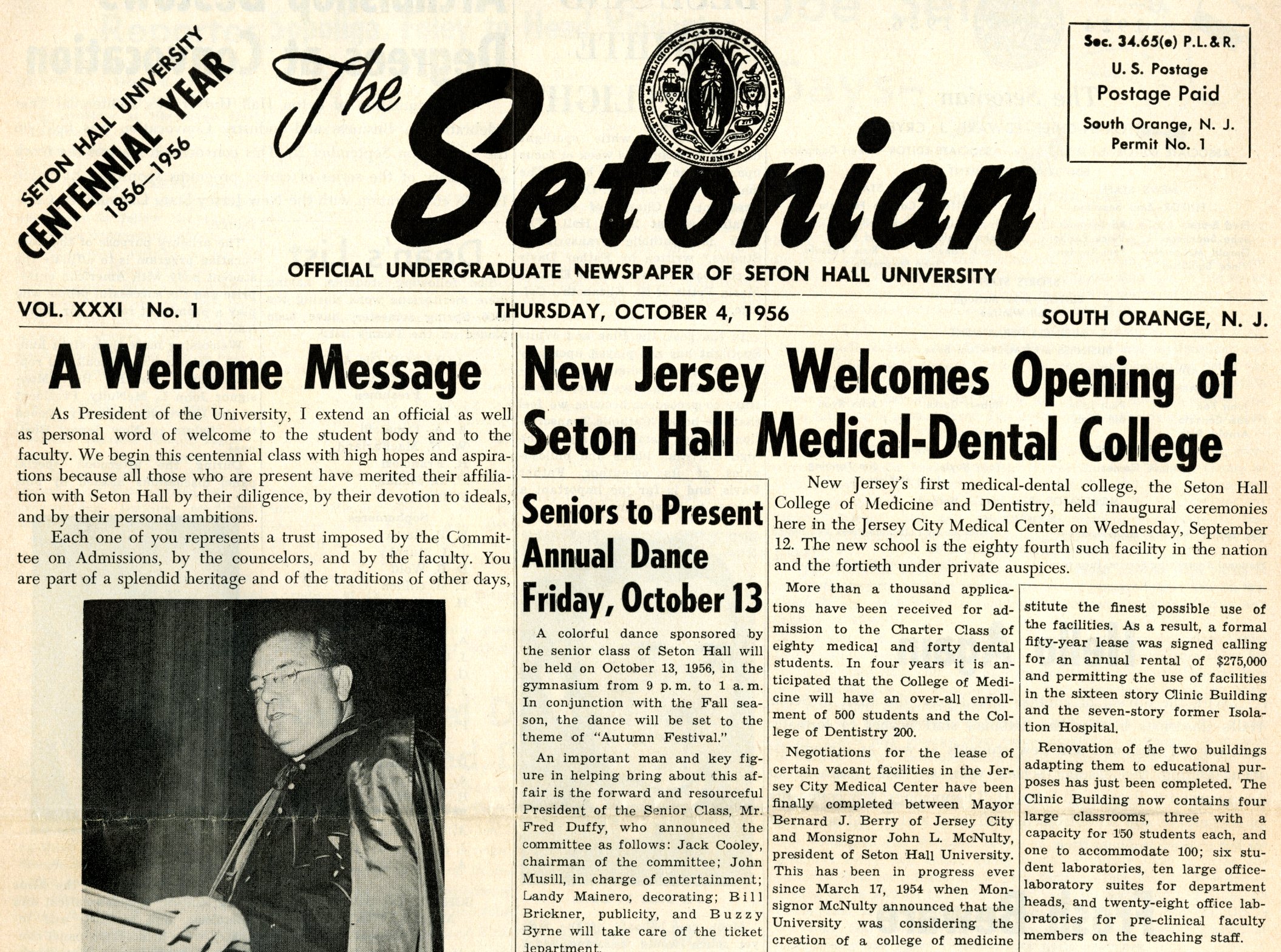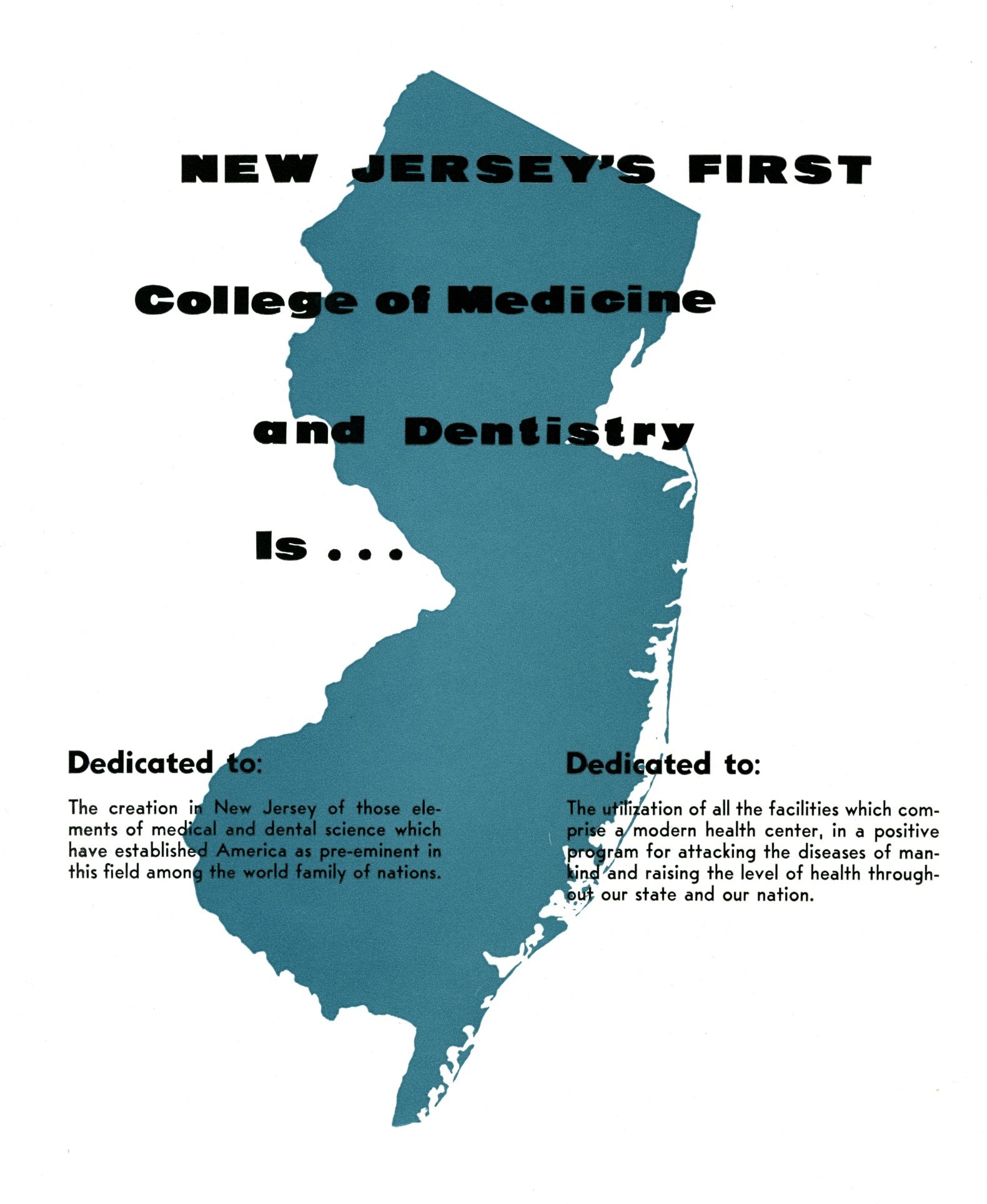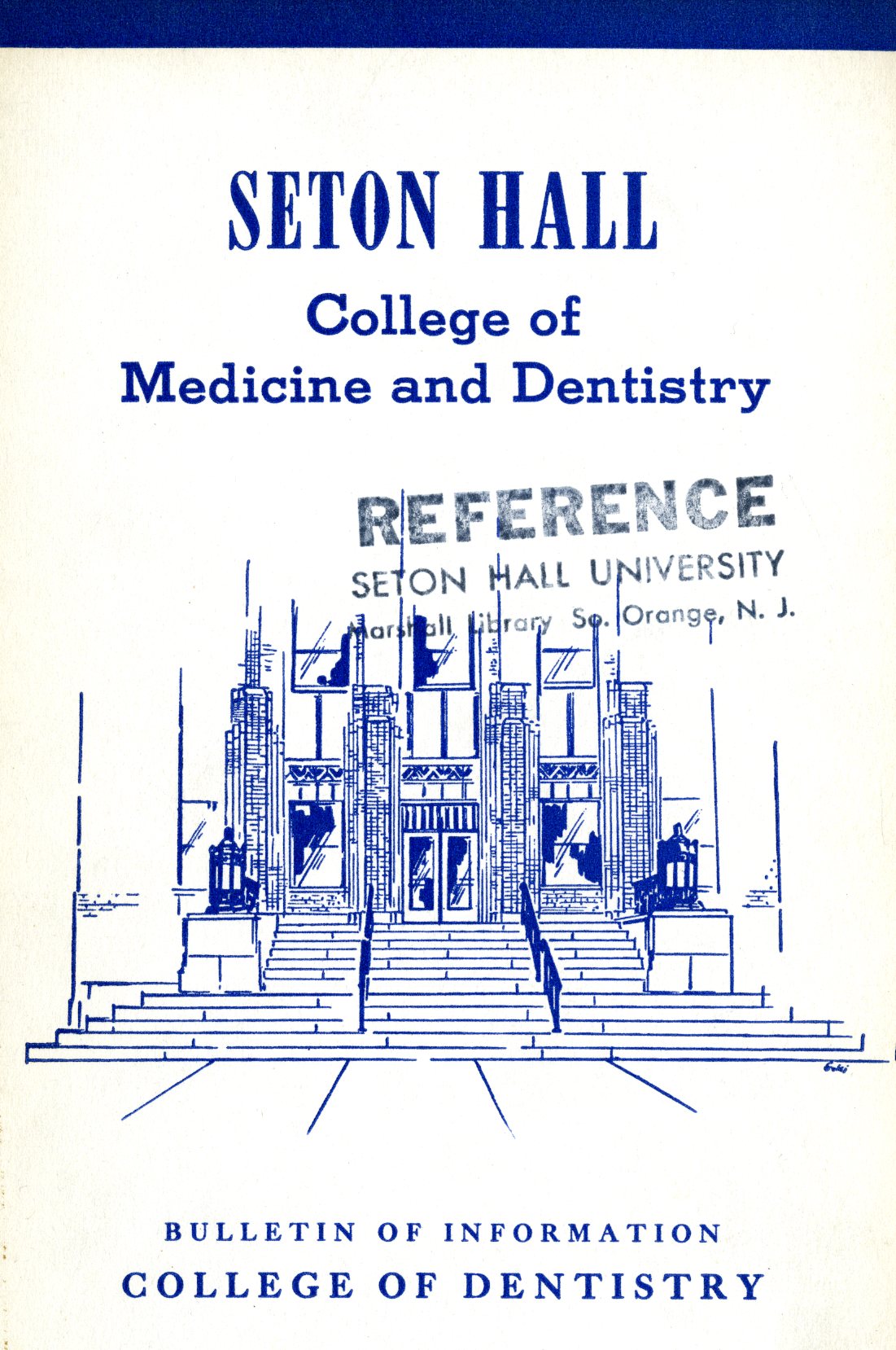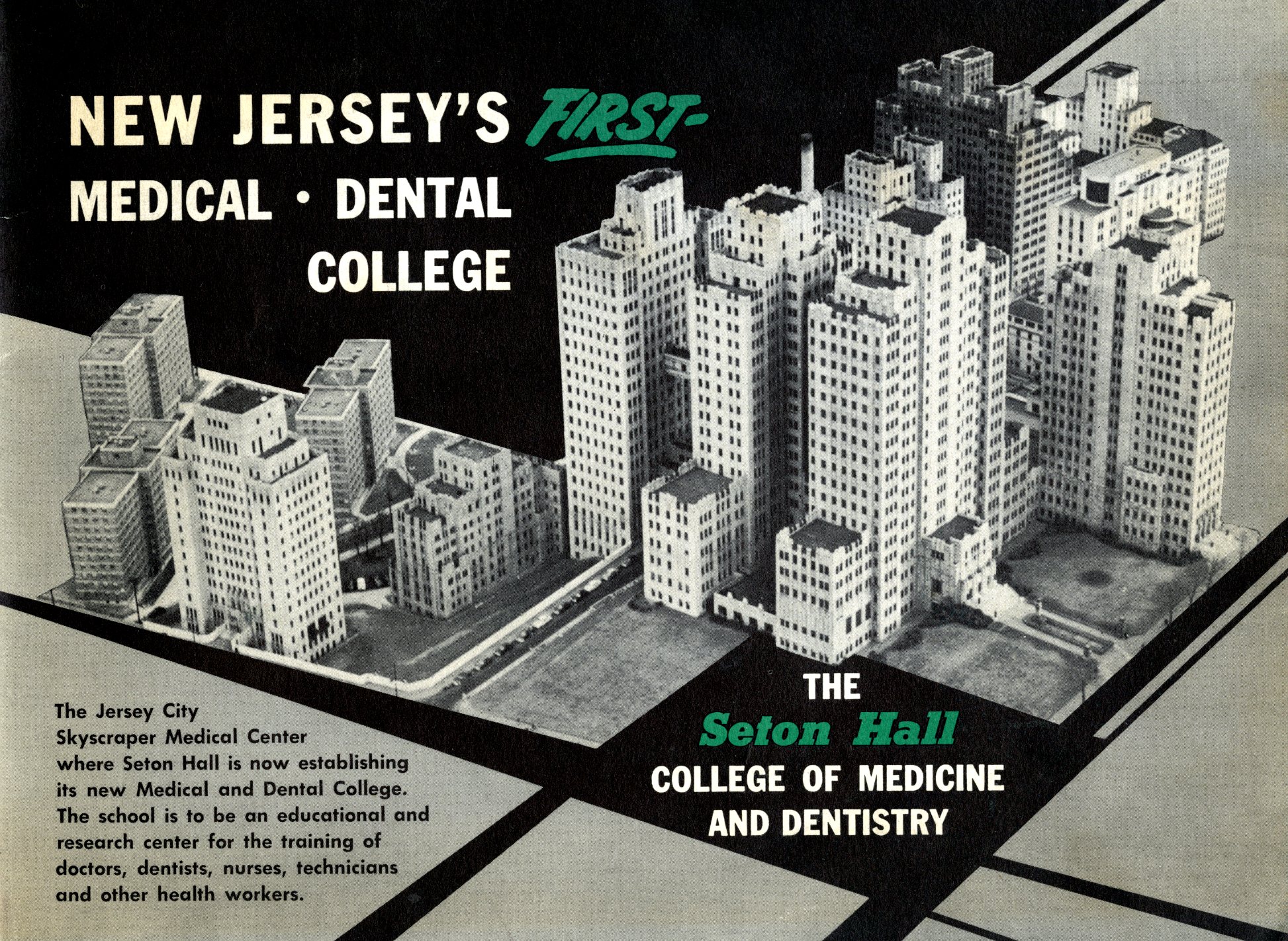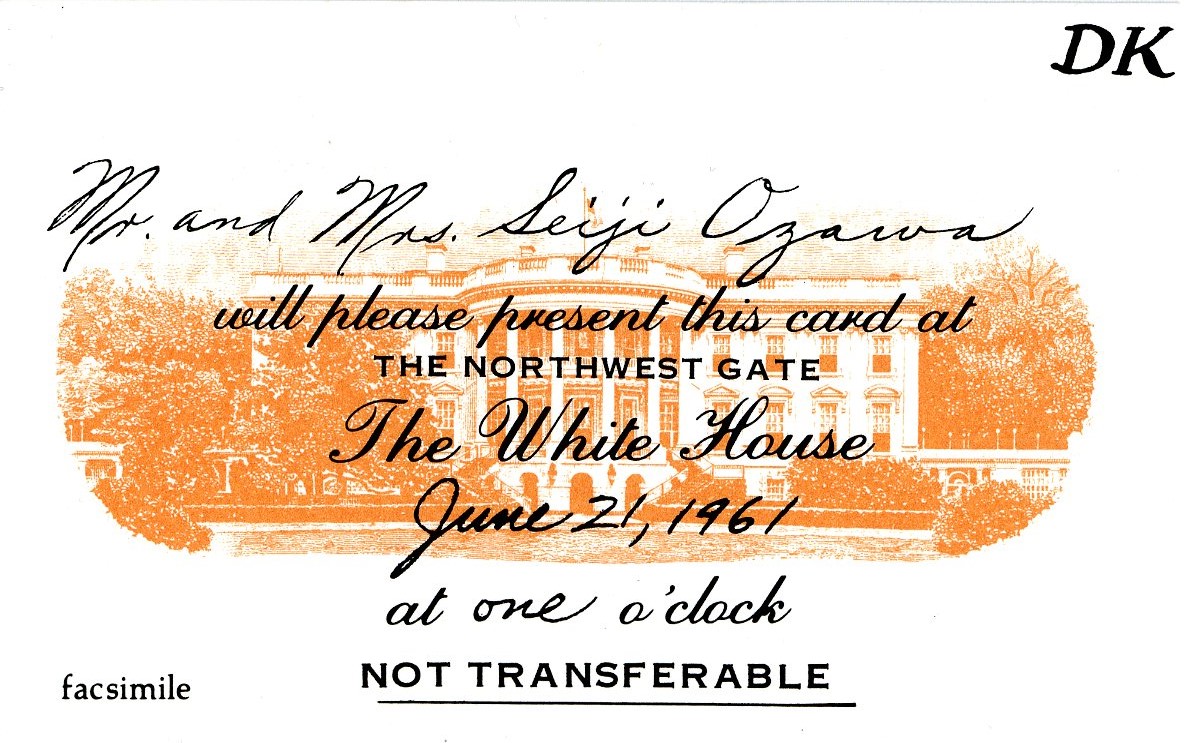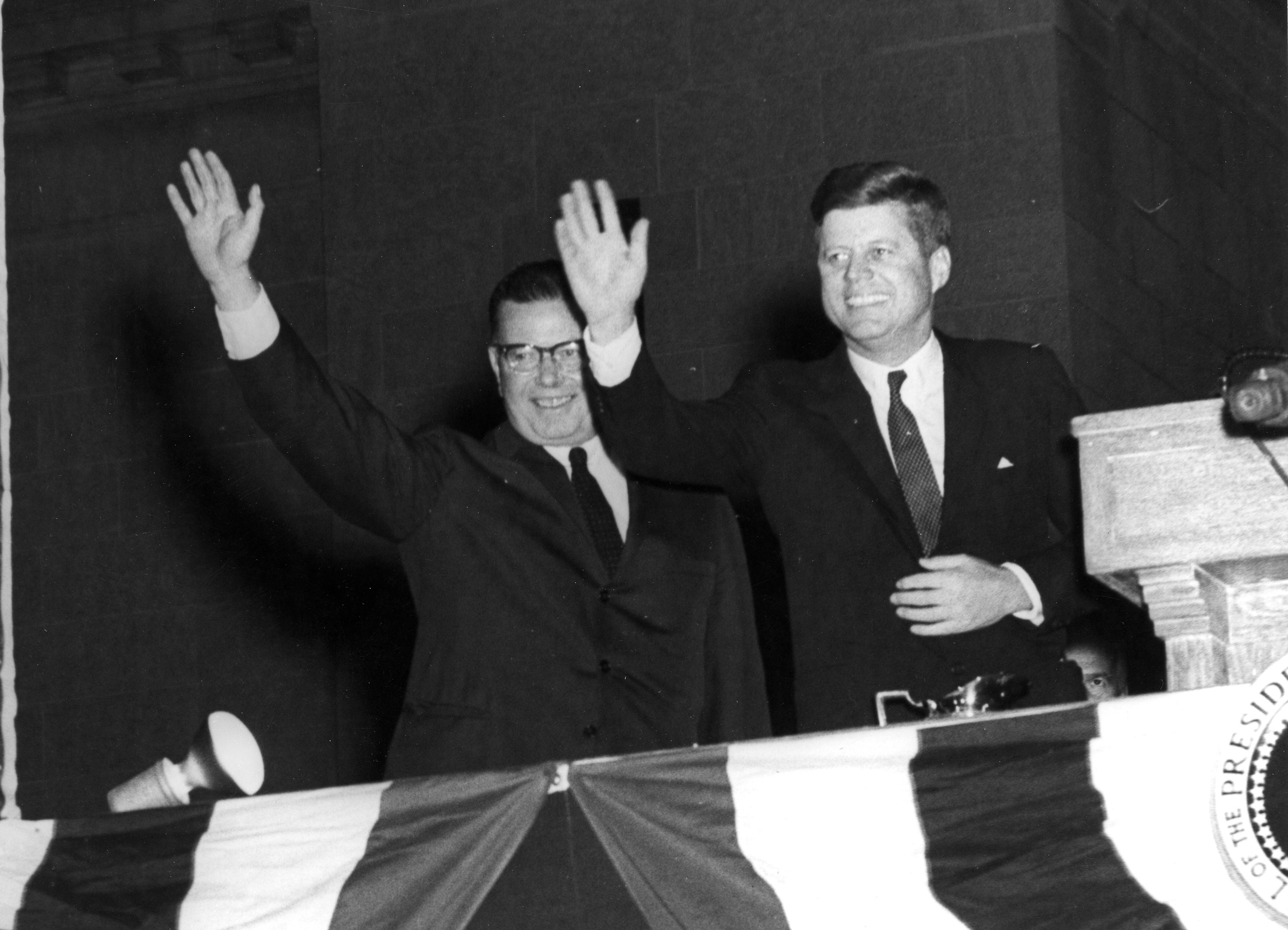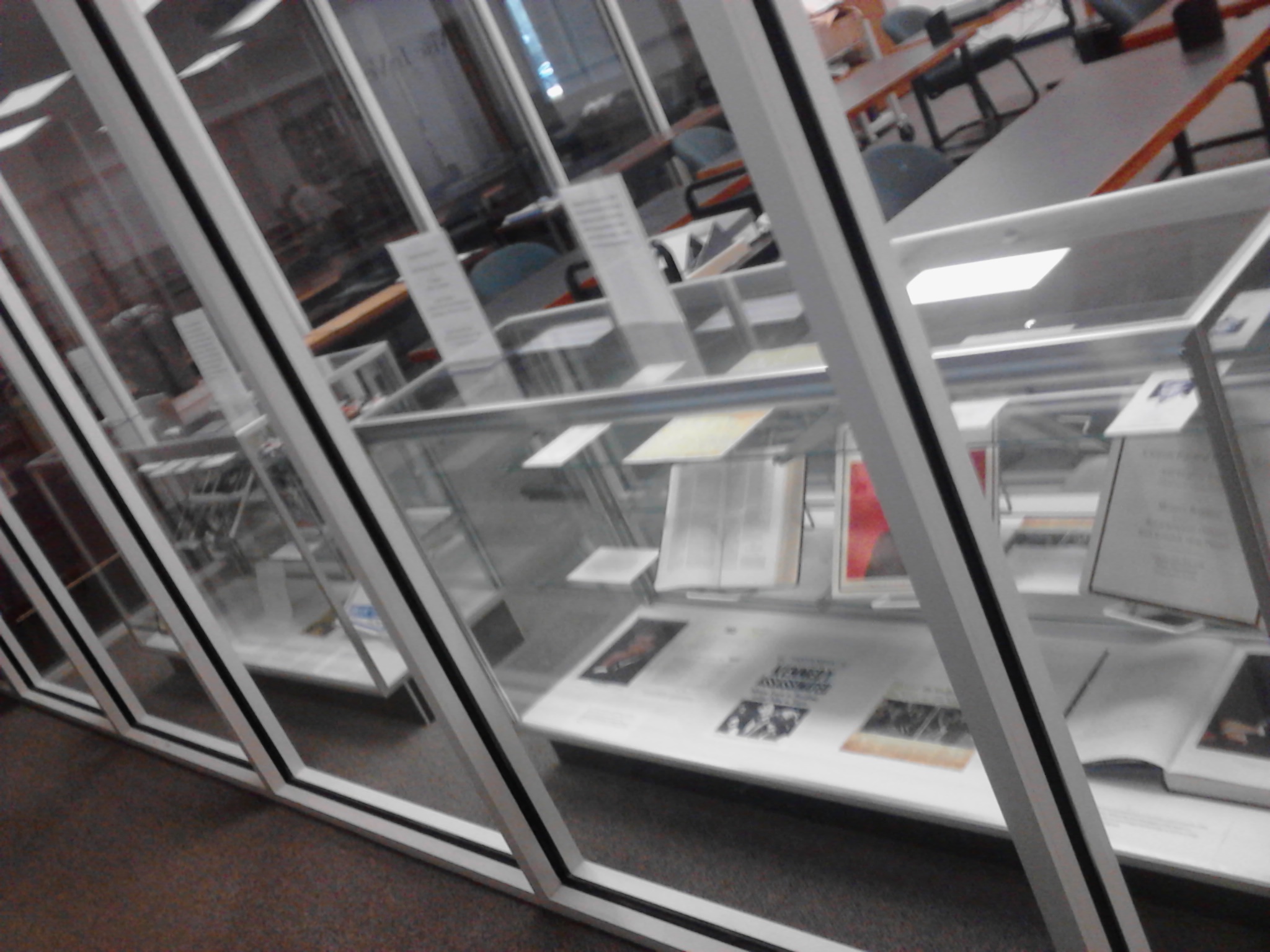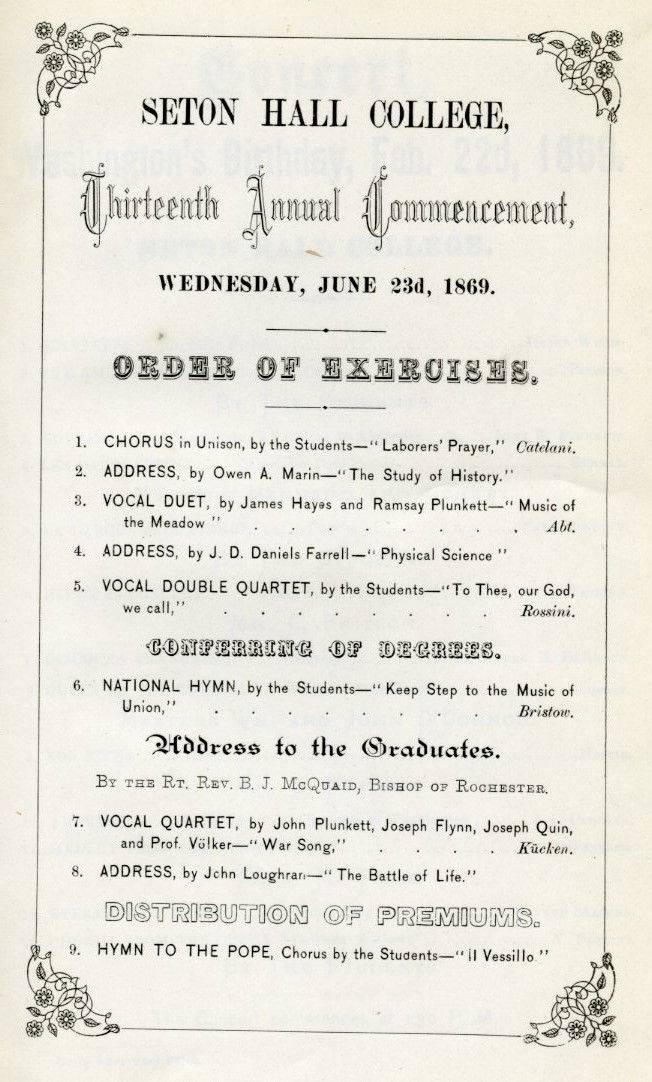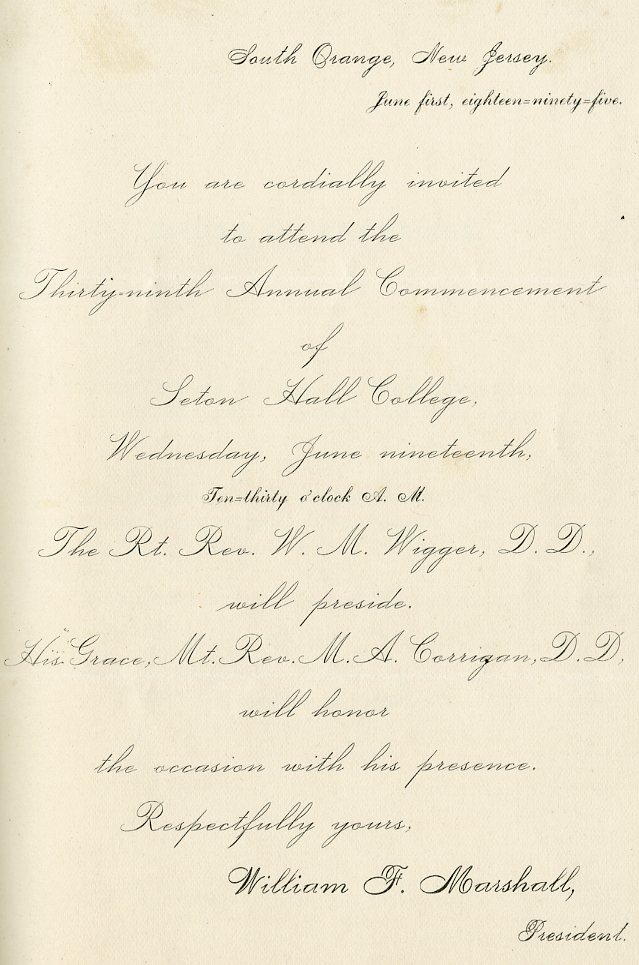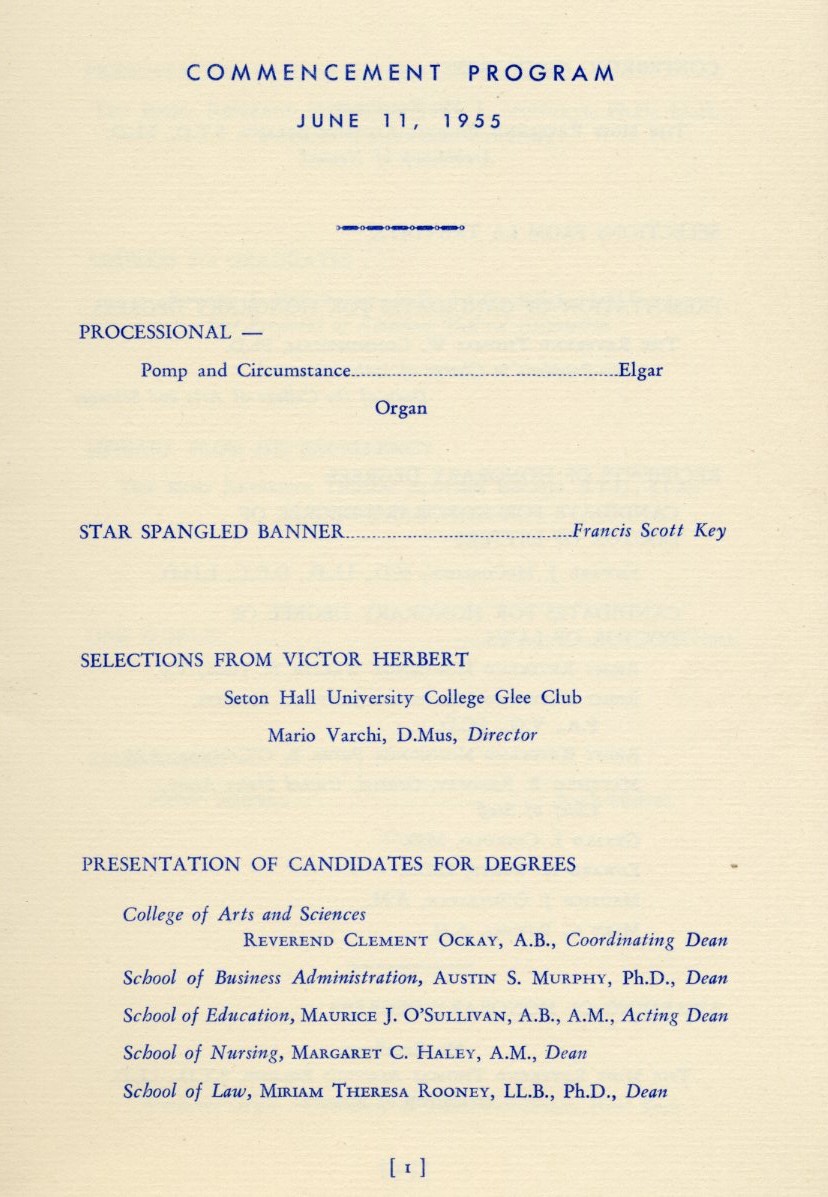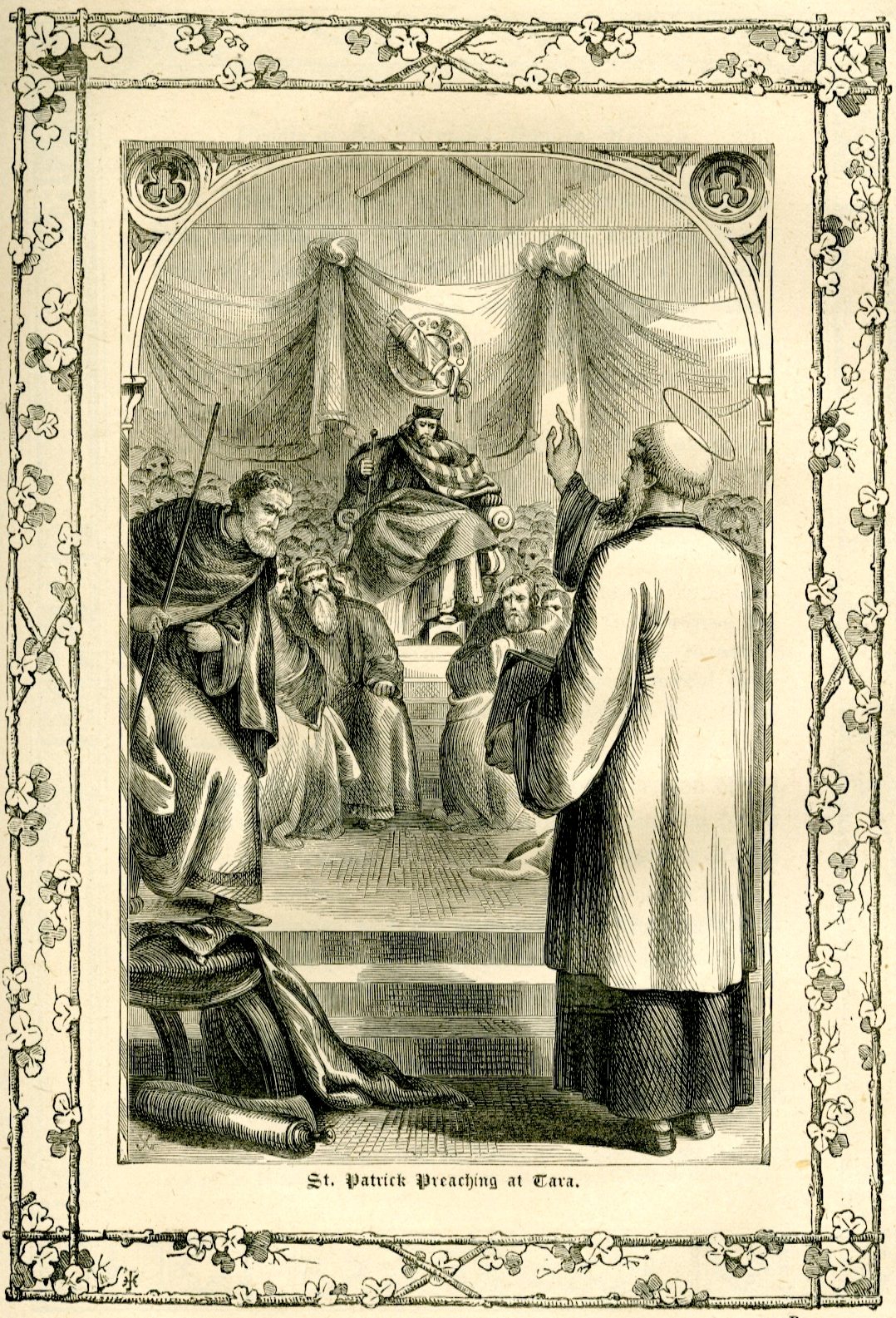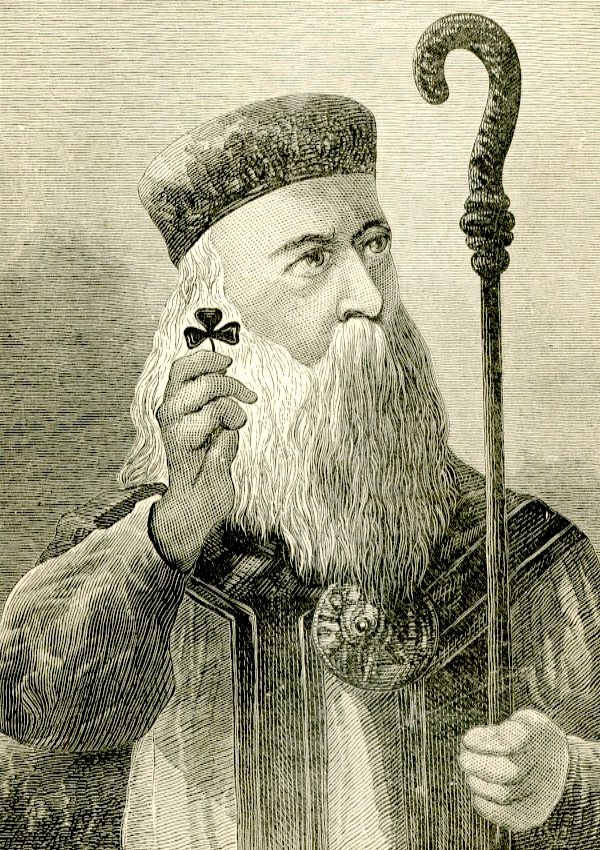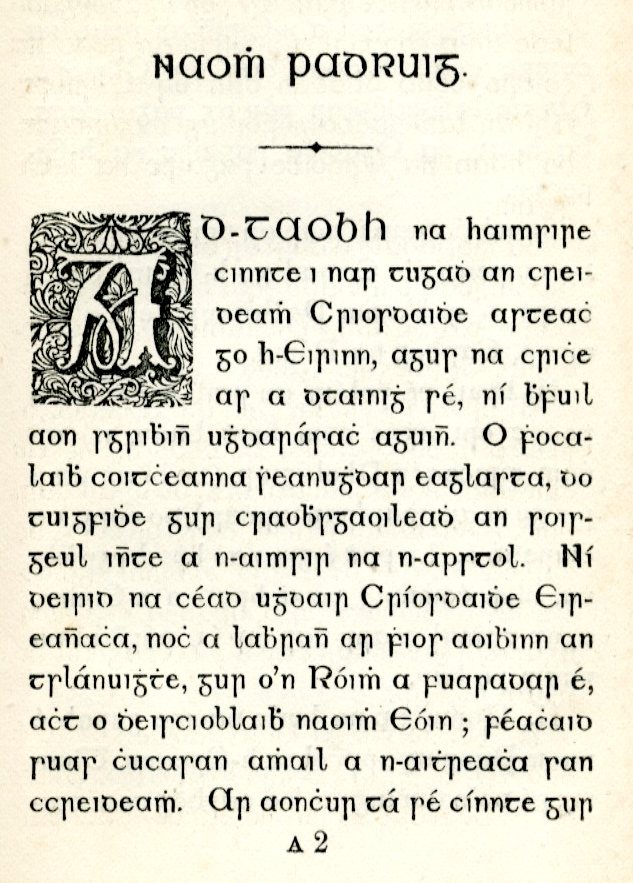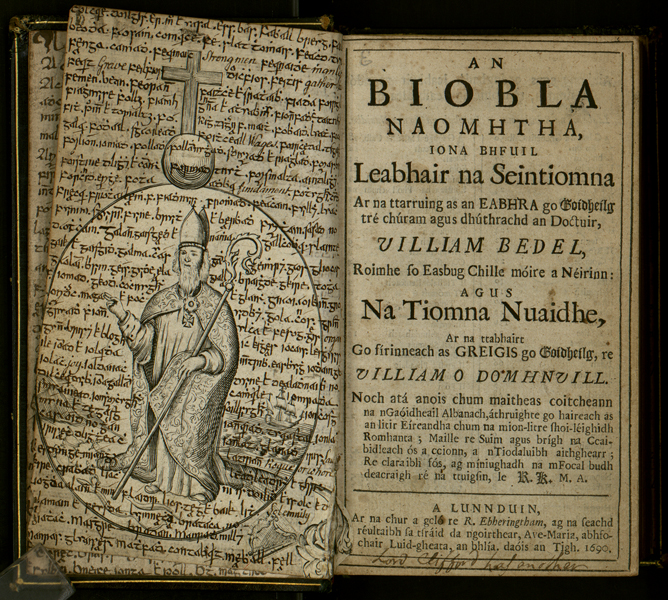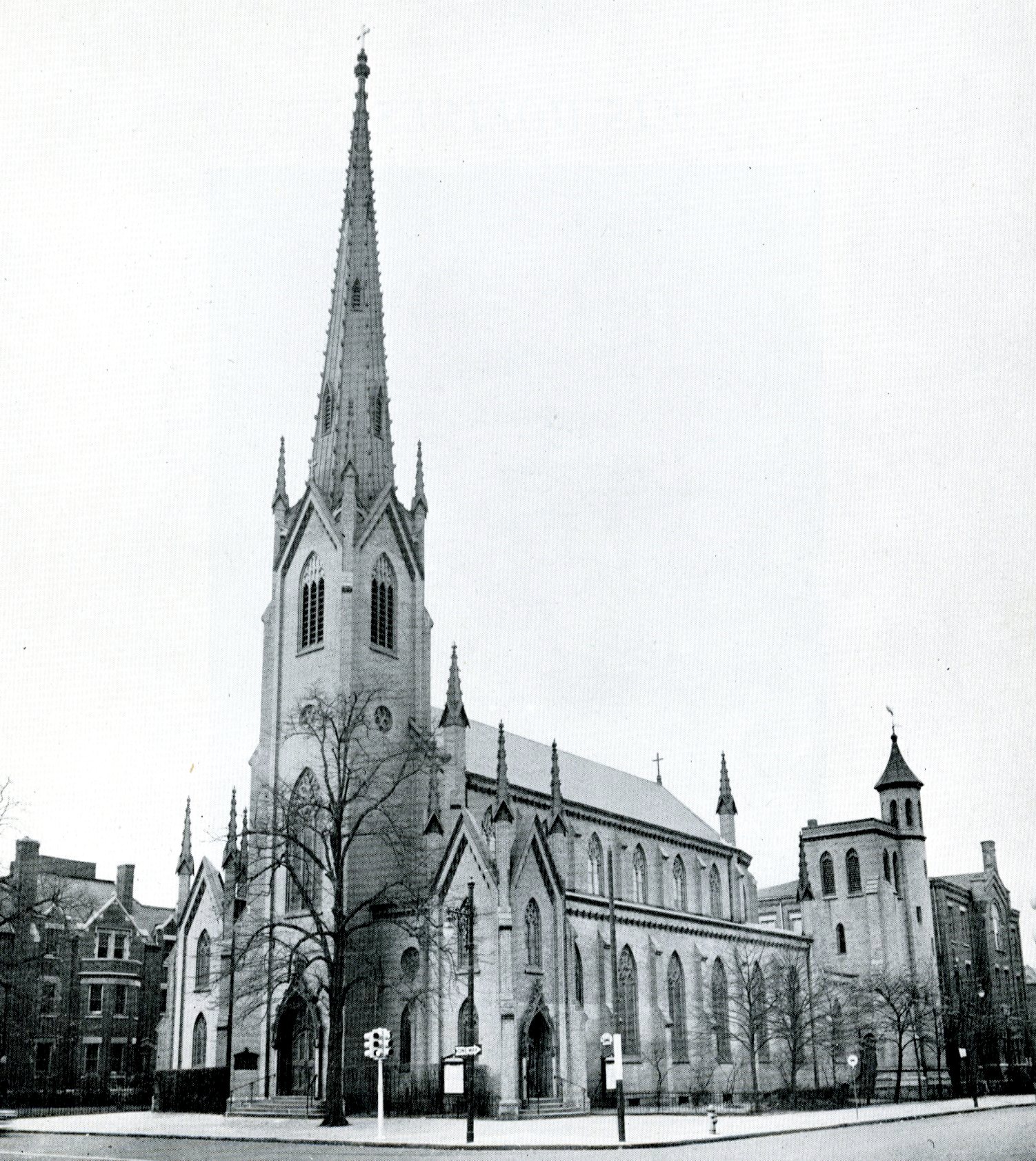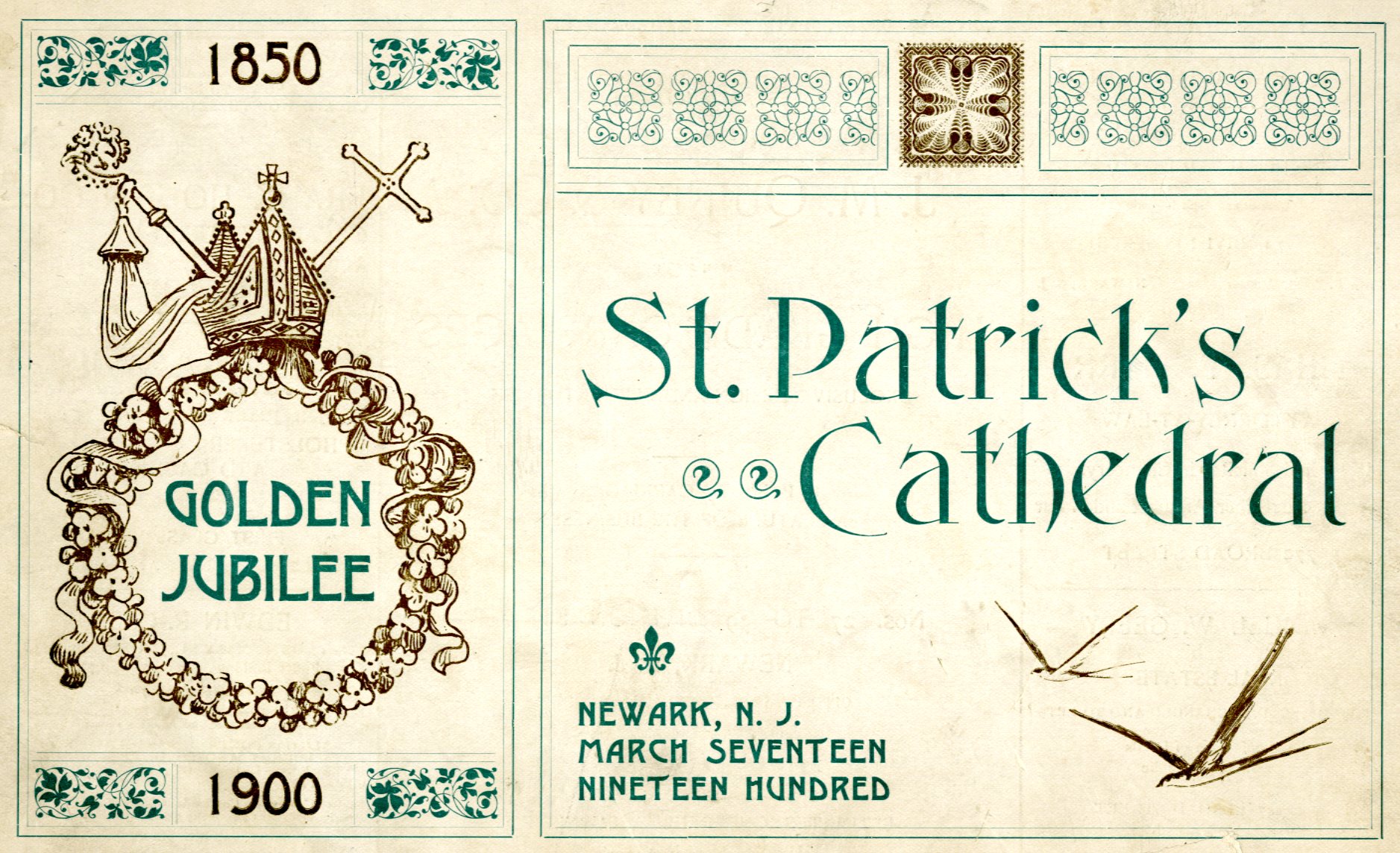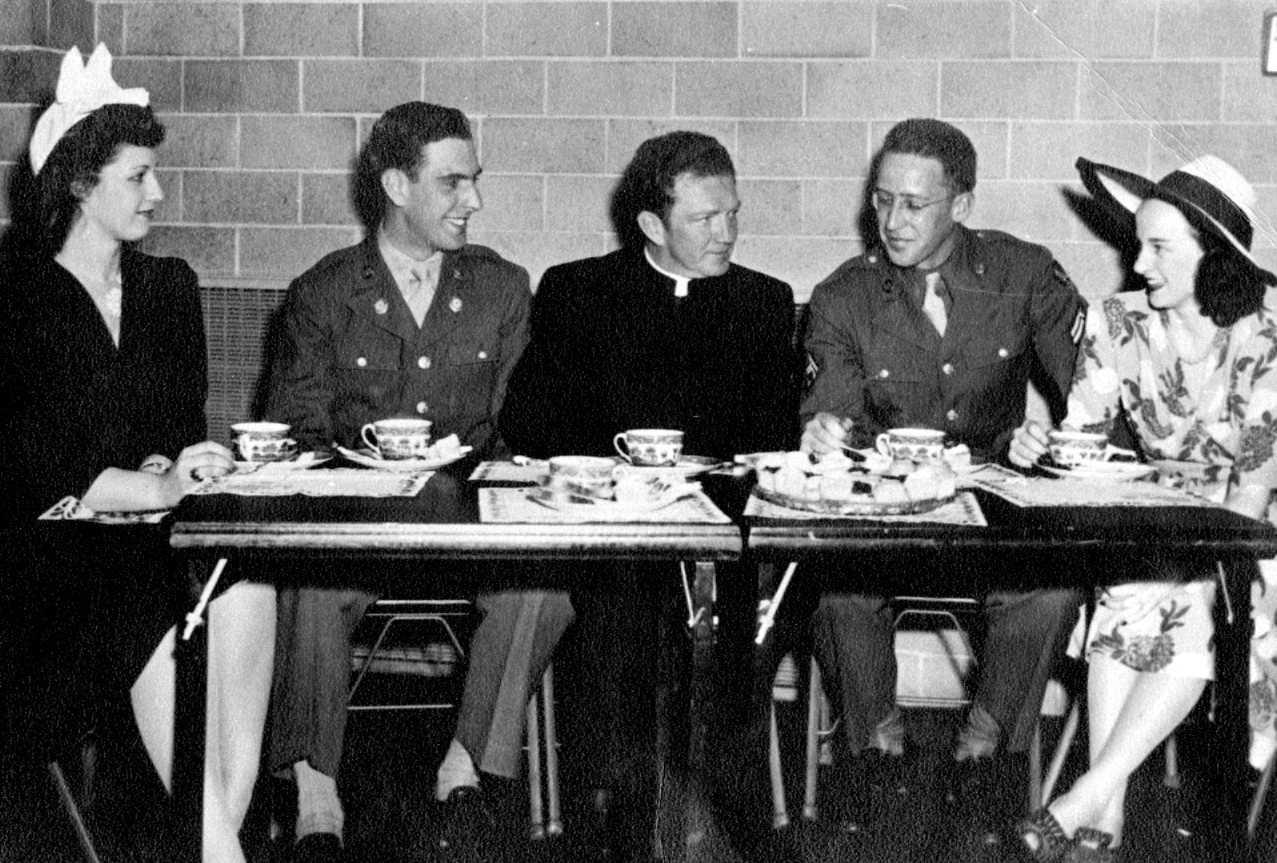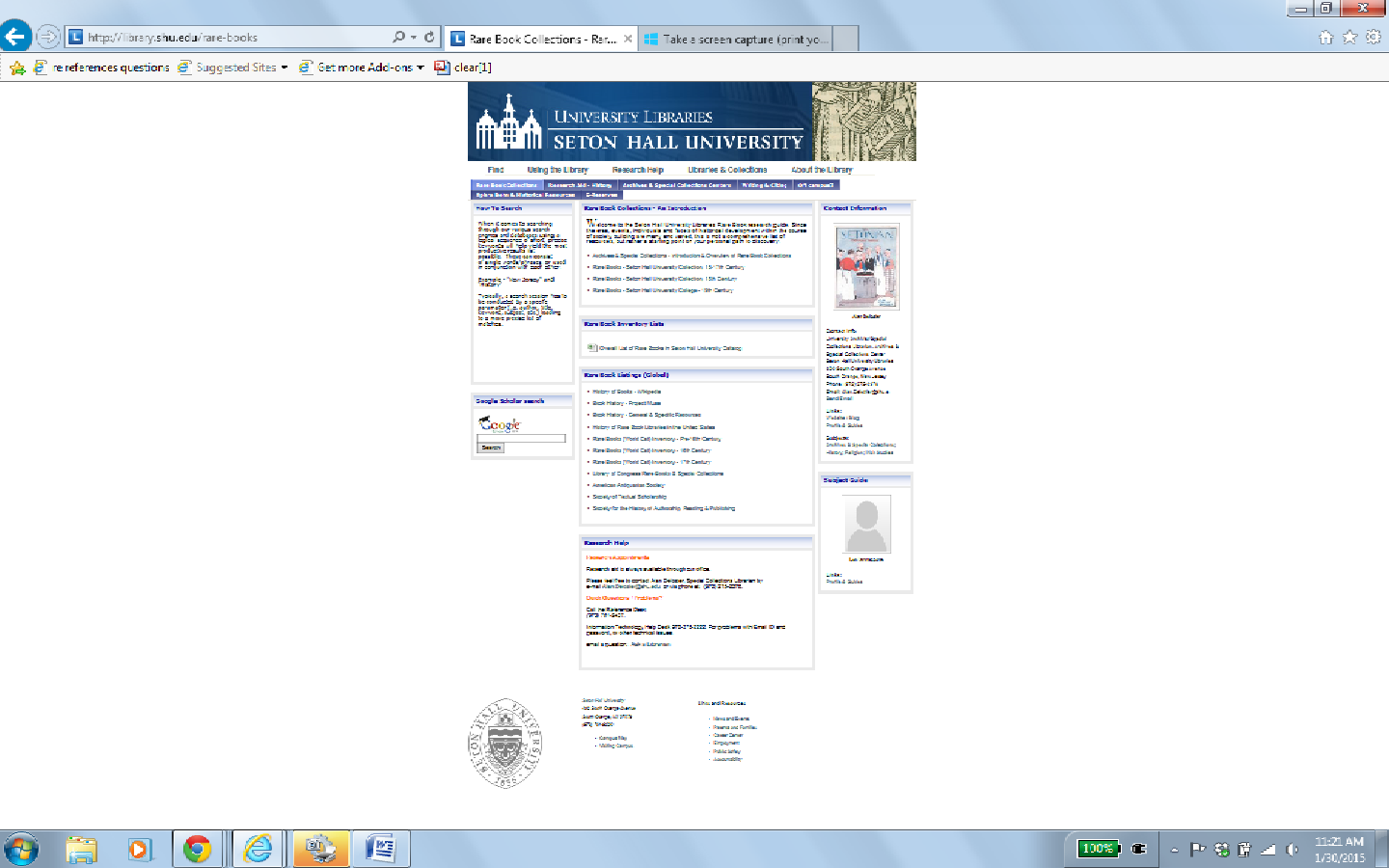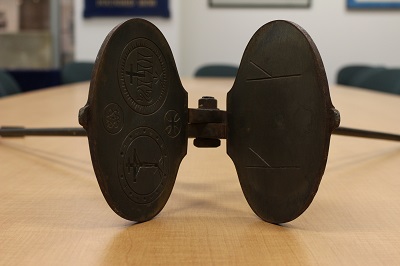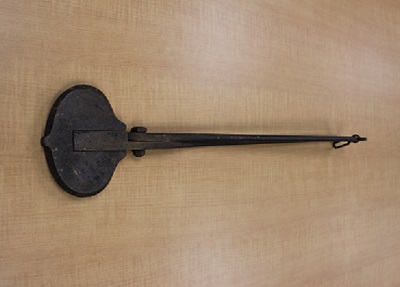On display now through the Spring semester is a special exhibit designed to honor the Women of Setonia from student to administrator to faculty to alumnae and all who have derived benefit of the institution over the last several decades. Through the design efforts of Katie Wolchko and in anticipation of the 80th anniversary of co-education at Seton Hall we present some images that show the first enrollment at the Urban Division and Summer Session of Seton Hall in 1937 along with the heralding of full equality on the South Orange campus over three decades later. This ushered in a number of resources on campus including the Women and Gender Studies program and the Women’s Resource Center. With such founding visionaries as Professors Tracy Gottlieb, Judith Stark, and Gisella Webb to present day leadership under Professors Karen Gevirtz and Vanessa May, the work of this office is vital in keeping the issues and contributions of Women in society alive and visible to all members of our community. This brings us to the present-day and the Women’s Conference of 2016. Various publication covers by those speaking in accompanied by a listing of all participants along with affiliated faculty and administrators who work directly with the Women and Gender Studies program. For more information about the Women’s Conference 2016 please consult the Women’s Conference webpage. The Women and Gender Studies Program site is also accessible here.
This exhibit is housed in the Window Display Case that can viewed outside of Walsh Library opposite the Recreation Center. For more information about the exhibit please contact Katie Wolchko at – katherine.wolchko@shu.edu

